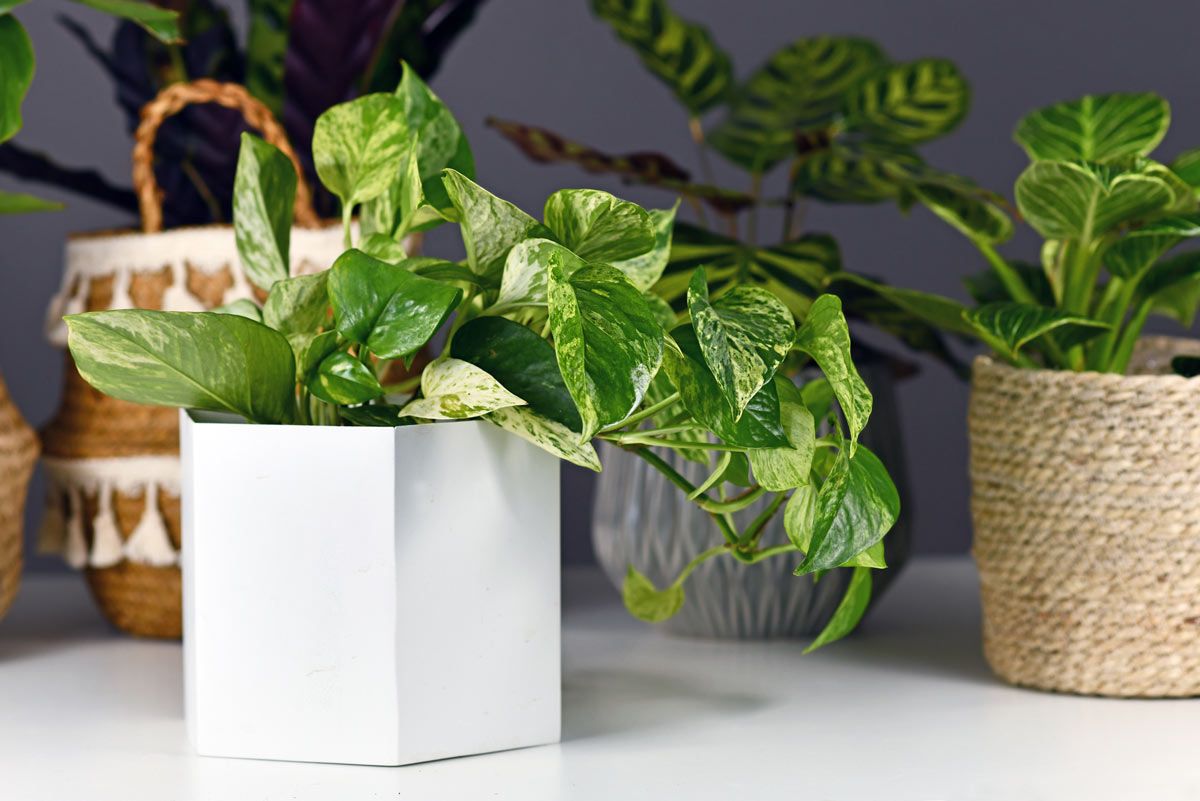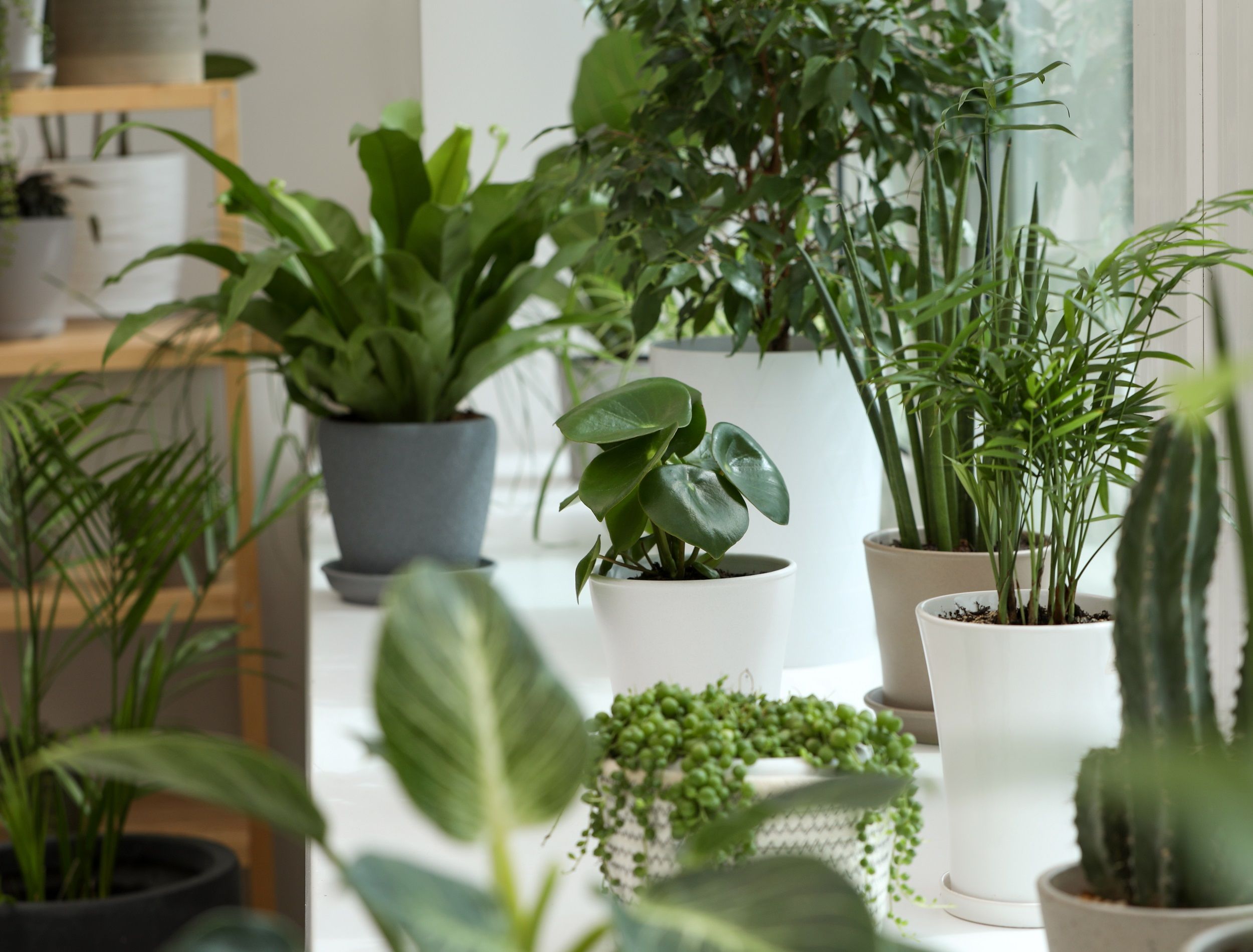Best Low-Light Indoor Plants That Thrive with Minimal Sunlight
Best Low-Light Indoor Plants That Thrive with Minimal Sunlight
Blog Article
Transform Your Home With Beautiful Low-Light Indoor Plants and Their Advantages
Incorporating low-light indoor plants right into your home can significantly enhance both the visual and ecological top quality of your living rooms. These plants, which thrive in dark conditions, serve not just as attractive components but additionally as natural air cleansers, making them perfect for city occupants or those with restricted sunlight direct exposure. As we check out the different kinds of low-light plants and their benefits, you might locate shocking means to incorporate them right into your home that can change your environments in ways you may not have actually anticipated.
Benefits of Low-Light Plants
Low-light plants offer various benefits for indoor settings, making them a superb selection for both beginner and skilled gardeners. Among the main advantages is their flexibility to low-light problems, permitting people to boost their space without the requirement for considerable sunlight exposure. This characteristic makes them suitable for houses, offices, and various other areas with minimal natural light.

Moreover, including low-light plants right into home design can elevate the aesthetic allure of a room. Their rich foliage and differed structures produce a calming ambience, adding to overall wellness. Lastly, the existence of plant has been linked to decreased stress levels and boosted efficiency, making low-light plants a useful choice for improving both physical and psychological wellness in indoor settings.
Top Low-Light Indoor Plants
While lots of interior plants grow in brilliant light, a number of varieties are especially well-suited for low-light problems, making them ideal for different interior rooms. One prominent option is the Snake Plant (Sansevieria), known for its striking upright fallen leaves and strength, requiring minimal care. One more superb option is the Pothos (Epipremnum aureum), which includes heart-shaped fallen leaves and can route magnificently from wall mounts or racks, thriving in reduced light and adding a rich touch.
The ZZ Plant (Zamioculcas zamiifolia) is celebrated for its shiny fallen leaves and capability to withstand disregard, making it ideal for hectic way of lives. In a similar way, the Tranquility Lily (Spathiphyllum) not just endures low light yet likewise produces spectacular white flowers, improving any type of area's visual.
For a special touch, think about the Cast Iron Plant (Aspidistra elatior), which undoubtedly meets its name, prospering in the darkest corners of your home. Lastly, the Chinese Evergreen (Aglaonema) offers a variety of fallen leave patterns and shades while being extremely flexible in low-light conditions. These plants not only enhance indoor atmospheres but likewise add to air filtration, boosting your living area.
Care Tips for Low-Light Plants
:max_bytes(150000):strip_icc()/GettyImages-1352819030-05889673b7c54a1fb72395b1b309be2a.jpg)
Sprinkling techniques are crucial; these plants frequently like somewhat dry conditions. Overwatering can cause root rot, so make sure that the top inch of soil is completely dry prior to watering once again. Usage pots with water drainage openings to allow excess moisture to leave.
Humidity is an additional crucial aspect. Numerous low-light plants, such as brushes and peace lilies, take advantage of higher moisture levels. To enhance moisture, consider misting the fallen leaves or putting a tray of address water near the plants.
Fertilizing must be approached with caution. Throughout the growing period, use a watered down, balanced liquid fertilizer monthly to support development, however prevent fertilizing during the inactive winter season.

Innovative Ways to Present Plants
Indoor plants can offer as fascinating centerpieces in any space, improving both aesthetic allure and ambiance. Imaginative display screens can boost the visual influence of low-light plants, making them an essential component of your home style. One effective technique is to utilize tiered plant stands, which allow you to display several plants at varying elevations while making the most of floor area.
Hanging planters are another innovative choice, creating a sense of depth and attracting the eye up. Take into consideration macramé wall mounts or wall-mounted shelves to introduce a distinct appearance and style.
For an extra structured strategy, use geometric terrariums or glass containers to house your plants, adding a contemporary touch to your interior garden. You can also repurpose classic items, such as teacups or wooden dog crates, for an eclectic display that shows your personality.
Enhancing Home Ambiance With Plants
Incorporating low-light plants right into your home not only boosts aesthetic charm however also adds dramatically to the overall atmosphere. These plants work as natural decor elements, introducing a feeling of serenity that can transform any type of room. The presence of greenery fosters a calming atmosphere, which is particularly beneficial in high-stress settings such as home offices or living spaces.
Low-light plants, such as serpent plants, pothos, and ZZ plants, are not only cosmetically pleasing yet also boost indoor air quality by filtering pollutants. This twin feature boosts the setting better, developing a much healthier living area (Best low-light indoor plants). The tactical positioning of these plants can also affect the assumption of room; for Source circumstances, tall plants can attract the eye upward, making ceilings appear higher and spaces extra sizable
In addition, differing textures and shades of vegetation include depth to interior decoration, enabling imaginative expression in home designing. Whether put on racks, in corners, or as focal points, low-light plants can boost the mood of any kind of room. In recap, including these plants into your home is an effective means to foster a cozy, inviting environment while profiting of boosted air quality and aesthetic convenience.
Verdict
Integrating low-light interior plants into home environments provides countless advantages, consisting of enhanced aesthetic appeal and boosted air high quality. These resilient plants, such as the Serpent Plant and Peace Lily, call for minimal light and upkeep, making them appropriate for varied way of livings. Their ability to filter pollutants adds to a healthier home, while their varied website here structures and shades enrich indoor style (Best low-light indoor plants). Ultimately, the inclusion of low-light plants promotes a tranquil and inviting atmosphere, changing any type of home into a peaceful sanctuary.
While lots of interior plants prosper in intense light, numerous types are particularly well-suited for low-light problems, making them excellent for different interior areas. One reliable approach is to utilize tiered plant stands, which allow you to showcase multiple plants at differing elevations while taking full advantage of flooring area.
Low-light plants, such as serpent plants, pothos, and ZZ plants, are not just cosmetically pleasing yet additionally boost indoor air quality by filtering contaminants. Best low-light indoor plants. The tactical positioning of these plants can likewise affect the assumption of space; for instance, high plants can draw the eye upwards, making ceilings show up higher and areas a lot more spacious
These resilient plants, such as the Serpent Plant and Peace Lily, call for marginal light and maintenance, making them appropriate for varied way of lives.
Report this page